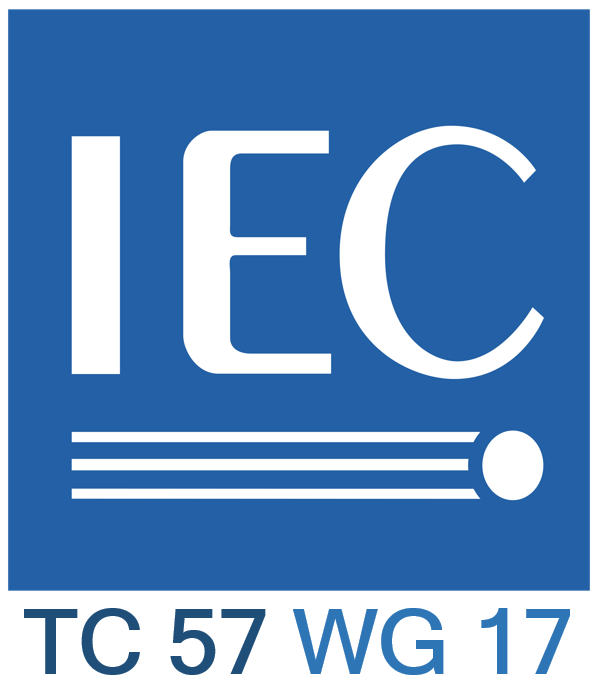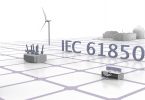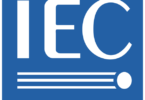Data Centers and Distribution Automation
b y Tom Berry, Schneider-Electric

IEC TC 57 WG 17 is in charge of power system intelligent electronic device communication and associated data models for microgrids, distributed energy resources and distribution automation.
IEC TC 57 is considering new proposals to provide application guidance on how to use IEC 61850 for data center electrical systems. As more data centers are connected to the utility grid, new challenges emerge that cannot be effectively addressed through traditional protection schemes. The complexity of operations requires a comprehensive understanding of how IEC 61850 models, services, and protocols can be utilized in this domain. Some of the applications for data centers require automatic transfer switching and possibly operation as a micro-grid.
This overlaps with IEC TR 61850-90-6:2018 that describes the use of IEC 61850 for Distribution Automation applications. This report describes use cases and proposes models that extend the classic use of IEC 61850 in larger substations. In parallel, TC57 WG17 will work on some ideas for developing data model extensions for some newer or more advanced distribution automation applications.
The first topic is related to static connectivity and dynamic topology that is needed for fault location, isolation, and restorations schemes (also known as self-healing). The static connectivity may be defined in the SCL configuration files, but today is not available via communication protocols. In general, the automation scheme only needs information in the overall line segment between IEDs. By extending the real-time data models in the IEDs at locations along the feeder, a client automation application will be able to determine the feeder topology before and after faults, and hence determine a sequence of switching actions to restore customer supplies. There are similar needs for connectivity and topology information within large substations, where TC57 WG10 is considering use cases such as how to determine the correct voltage transformers to use depending on the switchgear positions. This modelling work will draw on the concepts already described in the IEC 61970 standards using the Common Information Model.
The second DA topic concerns new logical nodes for some protection and fault indication functions that apply to medium voltage and low voltage distribution networks. These include incipient fault detection, for example using overcurrent detection for a half-cycle time window to report insulation breakdown and broken conductor detection derived from negative sequence of voltage or current.
Using both voltage and current allows the break to be determined as upstream or downstream.
There are also proposals for providing data objects related to series or parallel arc fault detection in low voltage networks.
A third topic that will be reviewed in 2025 is concerned with equipment ratings and dynamic limits. Today IEC 61850 modelling assumes that protection schemes are designed based on the static equipment ratings. For transmission networks, there is interest in dynamic line ratings that depend on temperature and wind speed measurements. For distribution networks, the real-time line loadings and constraints may need to be considered for fault restoration. There is also interest in local automation schemes that monitor the power through equipment and if there is a risk of overloading, send appropriate instructions to local energy resources to apply import or export flows.
Biography:

Tom Berry studied Electrical Engineering at Bath University, UK. For the last 25 years he has worked for Schneider Electric in the UK and France.
Tom has worked on control center projects integrating SCADA systems within dispatch training simulators, transmission and distribution network management systems. He now works “closer to the edge” as a software architect for feeder automation RTUs. He is a member of several IEC TC57 WGs and the editor of IEC TS 62361-102 technical report on CIM-61850 harmonization.





